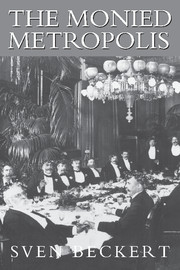Introduction
Published online by Cambridge University Press: 05 July 2014
Summary
On February 10, 1897, at the tail end of the most severe economic depression the United States had experienced in the nineteenth century, 700 merchants, industrialists, bankers, and professionals assembled at New York's Waldorf-Astoria Hotel for a costume ball. Invited by lawyer Bradley Martin and his wife Cornelia, the guests arrived in fancy historic costumes. Fifty celebrants impersonated Marie Antoinette, while others, according to the New York Times, came dressed as “Kings and Queens, nobles, knights, and courtiers whose names and personalities take up pages of history.” Real estate mogul John Jacob Astor, wearing a Henry of Navarre costume, brandished a sword decorated with jewels; Ruth Hoe, daughter of printing press manufacturer Robert Hoe, “appeared in a dainty Louis XIV”; banker J. P. Morgan donned a Molière costume; and Caroline Astor had gems worth $250,000 sewn into her dress. Cornelia Martin, not to be outdone, wore a necklace once owned by none other than Marie Antoinette herself. To receive her guests, Cornelia Martin sat on a raised platform resembling a throne, her husband, Bradley Martin, standing next to her, wearing a “Court dress of Louis XV., white and pink brocaded satin, knee breeches, white silk hose, diamond buckles on low, red-heeled shoes; powdered wig.” Furthering such aristocratic pretensions, the rooms themselves were decorated to resemble the great hall of Versailles, and the guests dined on such delicacies as “Terrapene decossée à la Baltimore” and “Sorbet fin de Siècle.”
- Type
- Chapter
- Information
- The Monied MetropolisNew York City and the Consolidation of the American Bourgeoisie, 1850–1896, pp. 1 - 14Publisher: Cambridge University PressPrint publication year: 2001

